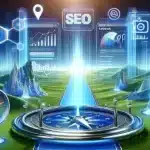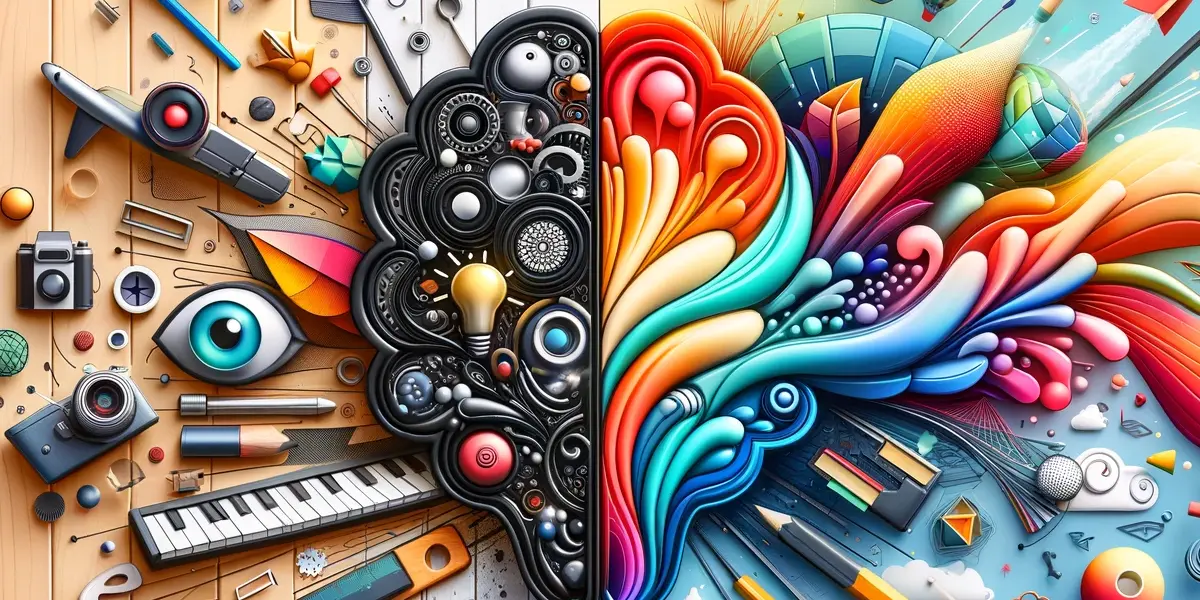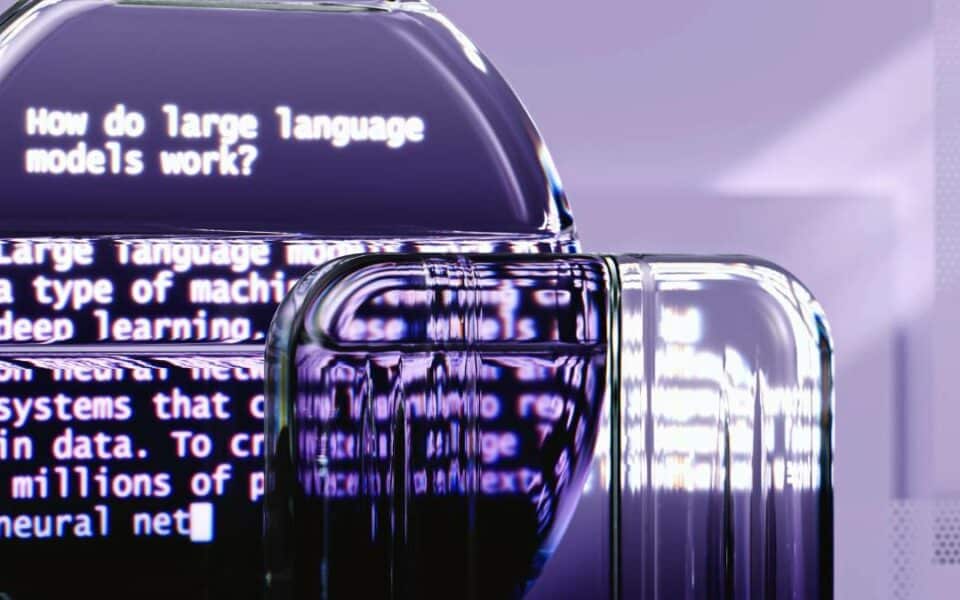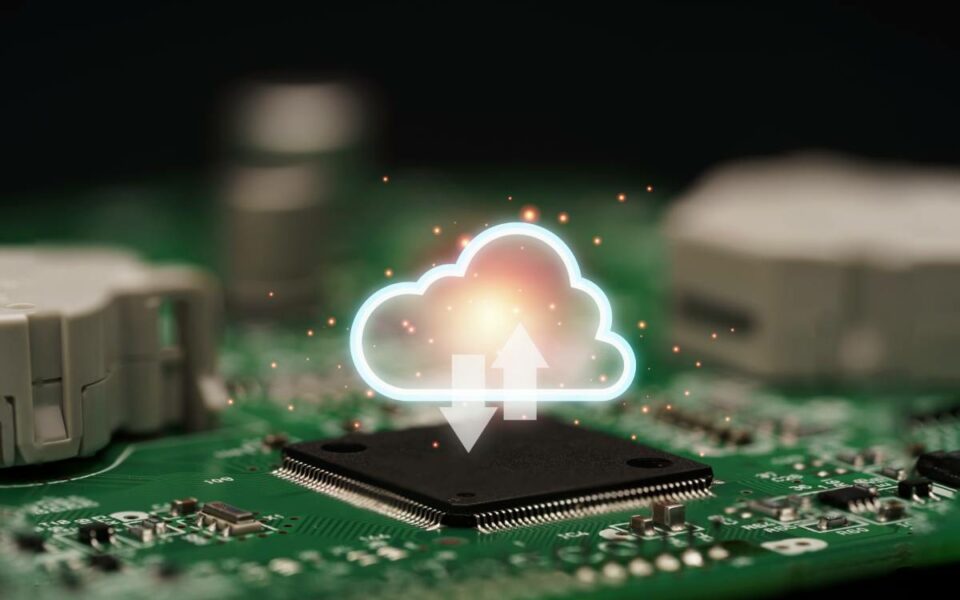
Empowering with Custom Apps
30 October 2023
Navigating the SEO Landscape in 2024: Strategies and Trends
2 December 2023
Do you want to be part of an environment where form and function blend into one another very smoothly in everyday objects? Think of Product Design as a career, and you plunge into a dynamic area that genuinely influences most of what and how we come into contact with things in our world. The paper looks at multifarious aspects related to product design, including its very nature of creativity, the delicate balance that it maintains between art and engineering, user-centric innovation, and sustainability in design, along with real-world case studies. Let’s uncover the intricacies of innovation and user experience that make product design an ever-evolving landscape.
Understanding Product Design
Product design is neither an engineering discipline nor a total process consisting of certain steps, like defining a vision for the product, research, analysis of product users’ needs, ideation, design, testing, and validation, activities after the launch of a product. It will allow and promote the creation of good roads to ensure that the products designed are in place to meet the aesthetic level of the product and also make sure that the product design meets the user requirements of expectations and functionality levels.
Career Paths in Product Design
There are so many careers inside the product design: UX designer, graphic designer, motion/animation designer, user researcher, data analyst, prototyper, product designer. Each of these distinct roles brings a different contribution to the whole of product design, pointing at one of the most interdisciplinary fields.
Unveiling the Creative Essence
Welcome to the hub of creative design, where art merges with functionality, and everything commonplace turns into an absolutely outstanding experience. User experience designers dream up and iterate on new products that do something, but perhaps more importantly, they captivate and inspire. We find the creative core of product design in the search that finds the transforming force from lifeless objects into sources of fun and fascination.
The Intersection of Art and Engineering
Artistic flair combined with the highest levels of engineering precision. The product design world involves a collaborative effort between the two, enabling to bring out both attractive and efficient products. Our article discloses the closed-loop cooperation, which will put on display the synergy of creative and technology. Watch the merger between art and engineering so that the products developed are functional in form and aesthetic.
Putting Users First
Step into the world of user-centered design, where the needs and experiences of end-users come at the front of the line in the design process. The super-empathy of the product designers might have been several dozens of hours doing research to build the products that elegantly fit into users’ lives. By tackling problems and improving experiences lived daily, designers make sure that their products are much more than mere functionality.
Sustainable Design Practices
This provides a look into how the increasing importance of sustainability in product design is articulated. Modern designers prioritize such materials and technologies that are eco-friendly and save energy, and design approaches should be circular principle-based. The article investigates how this reflective approach will guarantee a more sustainable future. Learn the careful balance between innovation and environmental stewardship as product designers light the way to a greener, more responsible future.
Case Studies and Success Stories
Learn from the best—real-life examples of innovative product design. Check out the case studies and success stories on how positive a good design’s impact is on market success and user satisfaction. The following stories share, respectively, what served as the triumphs and challenges of a worthy battleground for designers attempting to redefine and build the new world that we want to see. Consider them the dynamic tales that have shaped the field of product design.
Types of Tools Product Designers Use
Considering such a wide scope of design disciplines—product design, service design, and experience design—professionals find themselves obligated to apply an array of tools in moving through a much-complicated design process. It may use tools like journey-mapping apps, wireframing apps, graphic design apps, and prototyping tools. It also uses research and data analytics tools, computer-aided design (CAD) software, and other tools that may be digitized to advance their use. Properly used, such tools help designers produce items that are a harmonious mix of creativity and functionality.
The Product Design Process in 5 Steps:
- Goal Setting: Company leadership collaborates with the product team to define a series of long-term business goals that can help guide the design direction.
- Research: Product designers conduct strategic research, possibly by means of SWOT analysis and user interviews.
- Analysis: Collaborating with cross-functional partners, the product designer refines research insights into a concrete vision of the future.
- Product Strategy and Planning: The resultant product proposes a strategy of reaching the business goals, including a detailed plan of action.
- Execution and Product Launch: The team jointly works on the project, with the product designer taking a UX designer role to ensure user expectations are met.
Finally, it is an interesting field of investigation; here, creative productivity meets functionality, and innovation has no border. Explore with Greenlogic stories and inspiration on the ever-evolving product design to discover possibilities.


